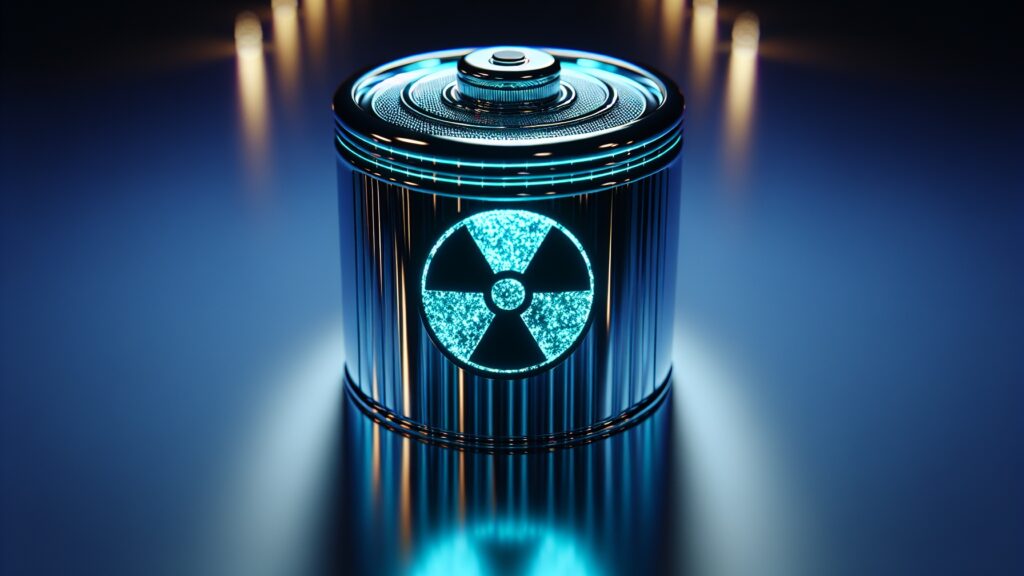Groundbreaking advances in energy technology are emerging as researchers successfully develop nuclear batteries that can use light emissions to convert nuclear energy into electricity.
This innovation helps in the reuse of radioactive waste and provides sustainable solutions to one of the most sustainable challenges in nuclear power generation.
Nuclear power plants provide around 20% of the US electricity while minimizing greenhouse gas emissions.
However, it also produces radioactive waste, poses serious health and environmental risks. The safe disposal of this waste remains an important concern for the industry.
The newly developed nuclear batteries present a potential way to convert this dangerous by-product into useful energy sources.
The science behind nuclear batteries
A team of researchers led by experts at Ohio State University designed the nuclear battery using a combination of scintillator crystals, a special material that emits light when exposed to radiation, and solar cells.
This setup allows the device to harvest gamma radiation from the environment and convert it into electricity, demonstrating a new way to extract energy from radioactive waste.
The prototype, which weighs only 4 cubic centimeters, was tested using two radioisotopes, cesium 137 and cobalt 60.
These isotopes are one of the most common byproducts of spent nuclear fuel and are ideal for real-world applications. Upon exposure to Cesium 137, the battery produced 288 nanowatts of power.
In contrast, the Cobalt-60 – a much more powerful source of radiation – produced 1.5 microwatts of power, sufficient to power a small sensor.
Potential Applications and Safety Considerations
Although the output is currently smaller than that of household electronics, researchers believe that expanding technology could potentially enable watt-level applications.
This makes nuclear batteries particularly useful in specialized environments where traditional batteries are impractical, such as deep sea exploration, space missions, and nuclear waste storage sites.
Importantly, the device utilizes gamma radiation, which is much more permeable than typical X-ray or CT scans, but the battery itself does not contain any radioactive materials. This allows you to safely handle it despite its energy conversion capabilities.
This concept revolves around utilizing the radiation present in nuclear waste environments rather than incorporating hazardous materials directly into batteries.
Future directions for nuclear battery technology
The researchers observed that the type, size and shape of the scintillator crystal used may affect battery efficiency.
A large amount of crystals improves radiation absorption and increases energy conversion. Furthermore, optimizing the surface area of solar cells could further enhance the generation of electricity.
Despite the promising results, the technology remains in its early stages. Expanding production and ensuring cost-effectiveness is an important issue.
Further research will focus on improving power output and determining the long-term durability of these batteries in high radiative environments.
When developed on a large scale, nuclear batteries provide innovative ways to utilize radioactive waste for energy production, providing long-term power solutions in extreme locations and remote locations, while reducing environmental risks.
As researchers continue to refine their designs and explore commercial viability, this innovation could pave the way for a cleaner and more efficient future in energy technology.
Source link

